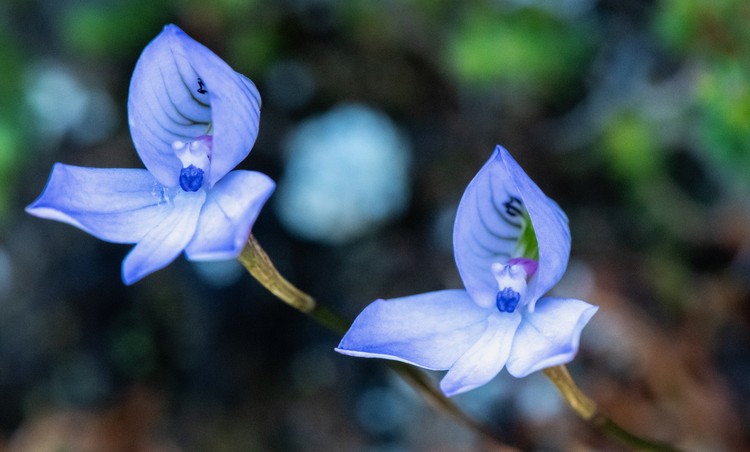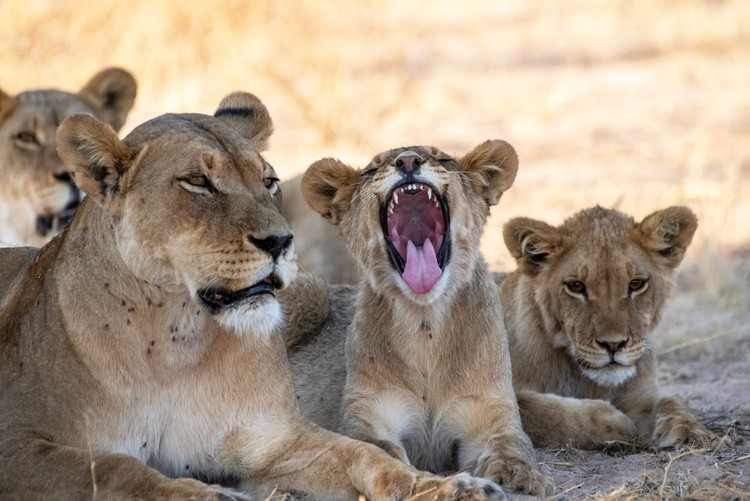COP16: Will humanity live in harmony with nature? The stakes have never been higher
The 16th Conference of Parties to the Convention on Biological Diversity was held in South America this past fortnight
Disa maculata flowering in the Muizenberg mountains – one of about 1,470 flowering plants that make up the incredibly rich biodiversity of the Table Mountain National Park. Photos: John Yeld.
- Over 23,000 delegates attended the 16th Conference of Parties to the Convention on Biological Diversity (COP16) in South America.
- There were intense discussions on implementing the agreed framework of 2022 to reverse the current “existential crisis” of climate change.
- South Africa is among the convention member nations which are on track to meet commitments under the convention to stem biodiversity loss.
“Peace with nature” was the theme of the 16th Conference of Parties to the Convention on Biological Diversity (COP16) that has drawn about 23,000 delegates from around the world to the South American city of Cali in Columbia this past fortnight.
The conference comes at a time when the biosphere – that very thin layer at Earth’s surface that every living thing depends upon – is being altered and destroyed and biodiversity is being lost faster than at any time in human history.
UN Secretary-General António Guterres sounded a dire warning. “Nature is life, and yet we are waging a war against it. A war where there can be no winner,” he said.
“Make no mistake, this is what an existential crisis looks like. No country, rich or poor, is immune to the devastation inflicted by climate change, biodiversity loss, land degradation and pollution.”
“These environmental crises are intertwined. They know no borders, and they are devastating ecosystems and livelihoods, threatening human health and undermining sustainable development,” he said.
Yet the COP16 theme is premised on the belief that nature is resilient, and that with urgent intervention and actions by the year 2050 at the latest, it will be possible for the planet’s 8.3-billion human inhabitants to restore a harmony with nature.
There is already an agreed global structure in place for achieving this goal: the Kunming-Montreal Global Biodiversity Framework that was hammered out in tough negotiations over four years before being adopted by 196 signatory nations attending the Biodiversity Convention’s COP15 meeting in Canada in 2022.
Described as “the new deal for people and nature”, this historic framework has four ambitious goals for 2050 and 23 action-oriented targets for implementation by 2030. These include: protection of 30% of the world’s land, water and seas by 2030 and restoring 30% of degraded ecosystems – the so-called “30x30” target. When the agreement was signed, just 17% of terrestrial and 10% of marine areas were formally protected.
But the success of this global framework is premised on individual member countries developing or revising and then implementing their own National Biodiversity Strategies and Action Plans, and on sourcing sufficient funding from both government and non-government sources to support these initiatives.
Part of the motivation and planning for COP16 is to provide a platform for member nations to explain their national strategies and plans, demonstrate progress with implementation, and resolve outstanding difficulties and disagreements – notably securing sufficient funding.
It has been described as “the litmus test” of whether the world is on track to meet the 2030 targets set in Montreal.
“The stakes at COP16 have never been higher. The discussions reflect the multifaceted challenges that our planet faces. More importantly, they underscore the urgent need for collective action,” the Convention’s secretariat said in a statement.
“The question looming over the gathering is: Will the world be able to turn commitments into actionable change?”
South Africa on track
South Africa has been a signatory of the Convention on Biological Diversity since 1993, and has a strong delegation at COP16 led by Deputy Minister of Forestry, Fisheries and the Environment Narend Singh.
It is one of those convention member countries that has made significant progress with its commitments to implementing the Kunming-Montreal Global Biodiversity Framework.
In June last year, the White Paper on Conservation and Sustainable Use of South Africa’s Biodiversity was gazetted – “intended to ensure we domesticate this significant global agreement”, Singh’s department (DFFE) explained in a media release.
The DFFE said South Africa was “actively engaging” in negotiations at COP16 “to promote global biodiversity conservation priorities, enhance sustainable use, and advocate for fair and equitable benefit-sharing from the utilisation of genetic resources and digital sequence information on genetic resources”.
On his departure for Cali, Singh said the delegation would be approaching COP16 “with a clear focus on aligning biodiversity conservation with social and economic development, ensuring that the use of our biological resources benefits all South Africans”.
South Africa’s participation would be guided by a strong negotiating mandate that aligned with the African Common Position as agreed at the African Ministers Conference for Environment (AMCEN) in Abidjan, Côte d’Ivoire.
The negotiating team would also reiterate President Ramaphosa’s call at the 75th session of the UN General Assembly for the reform of the world’s financial architecture to meet the needs of developing economies for sustainable development.
A lioness and cubs in the Kgalagadi Transfrontier Park, one of a suite of conservation areas protecting southern Africa’s biodiversity heritage.
On Wednesday, ahead of the first day of the two-day high-level ministerial section of the conference, Singh told GroundUp that discussions had been “very vibrant” and that parties were anxious to implement the Kunming-Montreal Global Biodiversity Framework.
He pointed out that South Africa had submitted its national targets to the convention ahead of COP16, and would make the full submission of its revised National Biodiversity Strategy and Action Plan next year.
“These (national targets) have been co-developed through a whole of government consultative process in line with the National Development Plan and relevant mandates of spheres of government. Their submission is an expression of readiness, early action and commitment to implement the Kunming-Montreal Global Biodiversity Framework.”
Singh also said he was “delighted” that the South African National Biodiversity Institute (SANBI) had been designated as one of the five regional technical and scientific centres to advance the work of the Convention.
“The SANBI leadership spent enormous time interfacing with other centres and engaging with potential partners for funding and technical support into the operationalisation of this southern Africa centre.”
South Africa was looking forward to a decision on the establishment of a global instrument on biodiversity finance through a dedicated Global Biodiversity Fund, he added.
“This will elevate biodiversity finance in the global landscape, and with other finance initiatives will contribute to the reforms of the international finance landscape that continues to perpetuate inequity and remains burdensome to developing countries,” he said.
Support independent journalism
Donate using Payfast

Next: Magistrate becomes witness in his own matter
Previous: “Construction mafia” accused of delaying building of Joburg school
© 2024 GroundUp. This article is licensed under a Creative Commons Attribution-NoDerivatives 4.0 International License.
You may republish this article, so long as you credit the authors and GroundUp, and do not change the text. Please include a link back to the original article.
We put an invisible pixel in the article so that we can count traffic to republishers. All analytics tools are solely on our servers. We do not give our logs to any third party. Logs are deleted after two weeks. We do not use any IP address identifying information except to count regional traffic. We are solely interested in counting hits, not tracking users. If you republish, please do not delete the invisible pixel.


